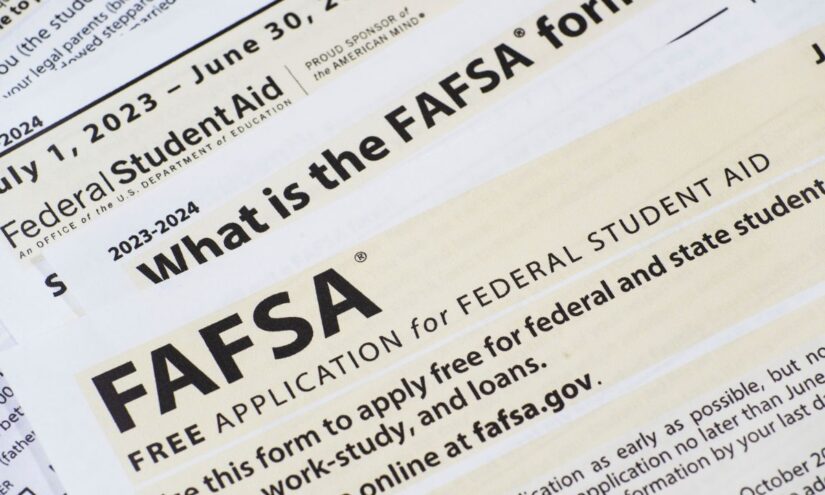During this summer, a team of students from MIT embarked on a journey to the sou …
Financial Aid Changes Lead to Increased Frustration for Hawaii Students
Jennifer Livingstone

Changes to a federal financial aid form are expected to increase the number of Hawaii students receiving assistance for college. However, the delayed rollout of the revamped Free Application for Federal Student Aid (FAFSA) may hinder the timely distribution of financial aid offers from colleges, including the University of Hawaii.
“On paper, it’s going to be a really good thing,” said Frank Green, a financial aid outreach specialist at the University of Hawaii West Oahu. “It’s just really frustrating because it doesn’t work.”
Last year, Hawaii students missed out on $12 million in federal grants by not completing the FAFSA. The U.S. Department of Education estimates that approximately 1,880 additional Hawaii students could be eligible for federal grants under the new and simplified FAFSA. The simplified form automatically inputs applicants’ tax return information, easing the burden of manual entry.
Despite these improvements, only 56% of Hawaii seniors completed the FAFSA last year, falling short of the state’s goal of 90%. Some students opt not to complete the FAFSA due to confusion or the assumption that they cannot afford a college education.
While there may be several reasons why students do not complete the FAFSA, Gus Cobb-Adams, a college application and transition specialist, explained that students from low-income families may prioritize employment and that many graduates take a gap year before entering college.
Completing the FAFSA can help low-income students discover options for pursuing their education. Cobb-Adams highlighted that completing the FAFSA could potentially result in federal grants exceeding $7,000, which would cover tuition and book costs at a local community college.
Thirteen states currently require high school seniors to complete the FAFSA. Peter Granville, a fellow at The Century Foundation, mentioned that while students can choose to opt-out, these requirements gently encourage students to explore college attendance and financing options.
California’s FAFSA requirement led to increased support for families in need of assistance with the application. Consequently, California’s FAFSA completion rate for the class of 2023 reached 74%, a 6% increase from the previous year.
A bill to make the FAFSA a graduation requirement by the 2023-24 school year in Hawaii did not pass. Making it a state law could further burden counselors already faced with overwhelming demands.
Even with some schools implementing submission requirements or providing assistance, delays in receiving financial aid packages are expected this year. Some students may need to make decisions regarding college enrollment without knowing their financial aid offers.
The delayed release of the FAFSA and the intermittent availability of the online form may discourage some students from completing the application altogether.
Despite the challenges and potential frustration for students and parents, the revised FAFSA holds promise for future high school students. The application has been significantly streamlined, resulting in shorter completion times.
However, it may take time to iron out the problems with the current FAFSA, and the class of 2024 may endure the consequences, according to Frank Green.

